Contents ¶
Neomycetes are fungi which are not native to Switzerland and which were introduced from other parts of the world. The vast majority of neomycetes were probably introduced unintentionally due to the increase in global trade, and only a very small proportion may have migrated naturally due to e.g. global warming. As for other organisms, the discovery of America in 1492 (symbolic beginning of globalisation) represents a key year for neomycetes. Every non-native species that was introduced later that 1492 is defined as neomycete.
The majority of these newcomers are inconspicuous and mostly harmless pathogens, but a few can have catastrophic effects on our ecosystems. A current example of a devastating introduced pathogen represents the fungus Hymenoscyphus fraxineus native to Asia. This tiny fungus was presumably introduced in Poland in the 90ies and was detected in Switzerland in 2008 for the first time. Today, the fungus is found all over the country and poses a serious threat to ash trees and all theirs associated organisms. Other dangerous tree diseases that are caused by non-native invasive pathogens include elm wilt and chestnut blight. The potato blight, which caused the potatoe famine in the middle of the 19th century and cost the lives of over a million people in Europe, is also a neomycete. Finally, the chytrid fungus (Batrachochytrium dendrobatidis and B. salamandrivorans), which is considered the main causal agent of the worldwide observed chytridiomycosis disease in amphibians, is also one of them.
Beside these aggressive neomycetes also some harmless but very aesthetic fungi like the octopus stinkhorn (Clathrus archeri) or the latticed stinkhorn (Clathrus ruber) have to be mentioned.
Fortunately, there is only one species that is also relevant for mushroom pickers. It is the paralysis funnel (Clitocybe amoenolens), a dangerous poisonous fungus that has migrated to Switzerland from the Mediterranean region and that resembles certain edible native fungi (for more information on this species, please click here).
This webpage gives an overview about neomycetes in Switzerland. In the subcategories you will find a short version of the WSL report "Neomycetes in Switzerland" (in German), an explanation how to report neomycetes, several fact sheets to important neomycetes and a collection of links futher information about neomycetes. In our distribution atlas SwissFungi the current distribution of the desired species can be viewed.
Picture gallery ¶
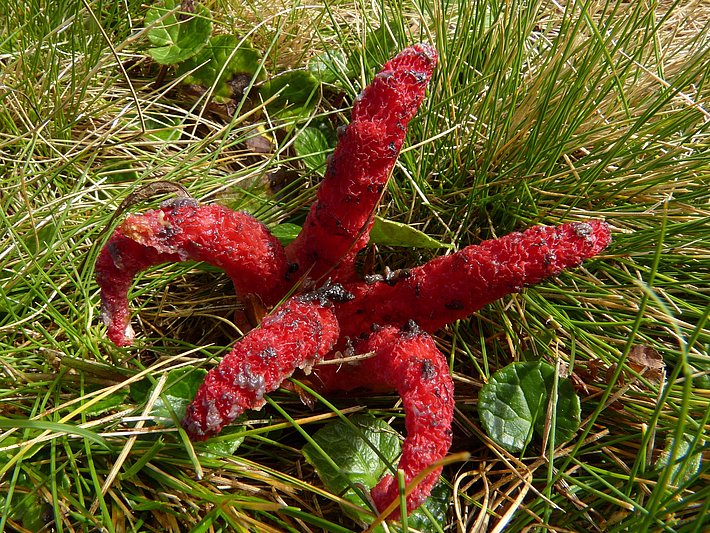
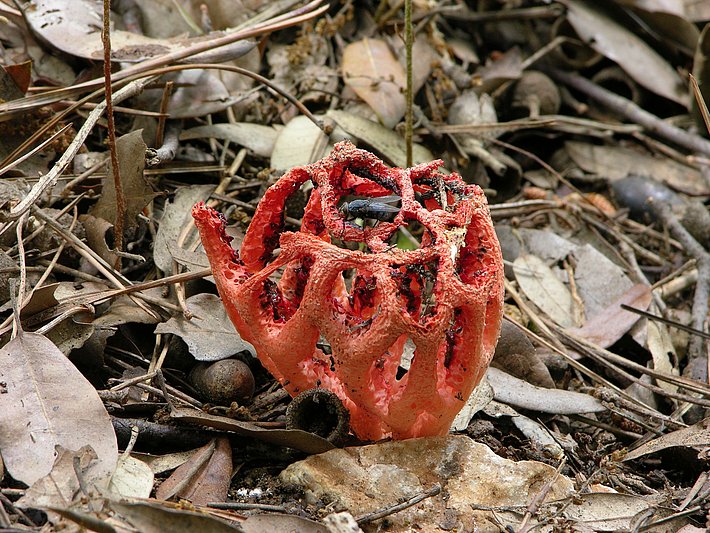
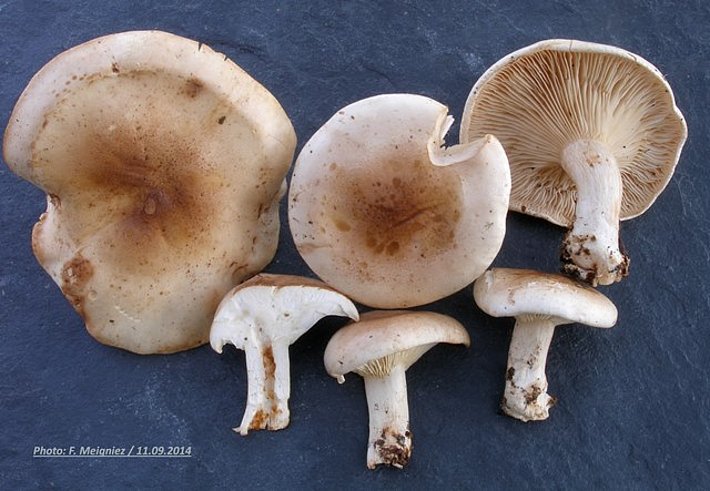
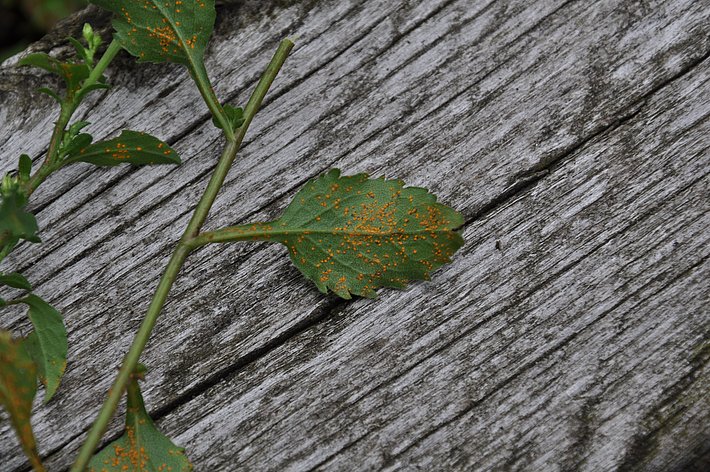
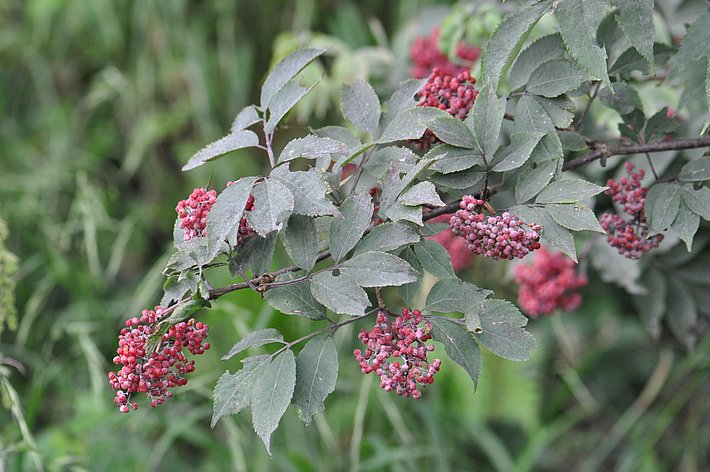
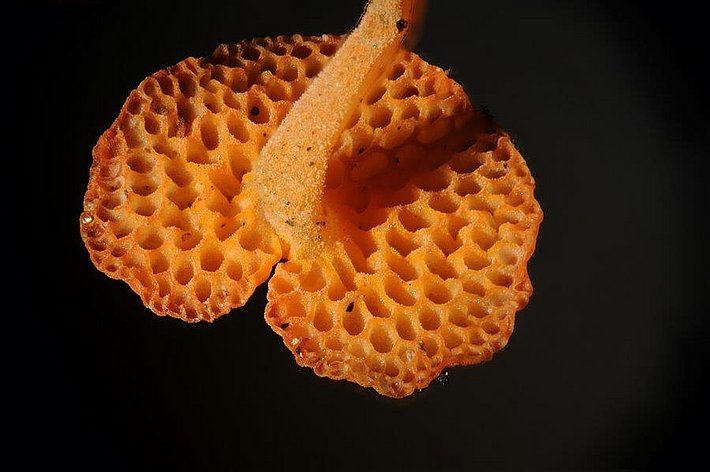
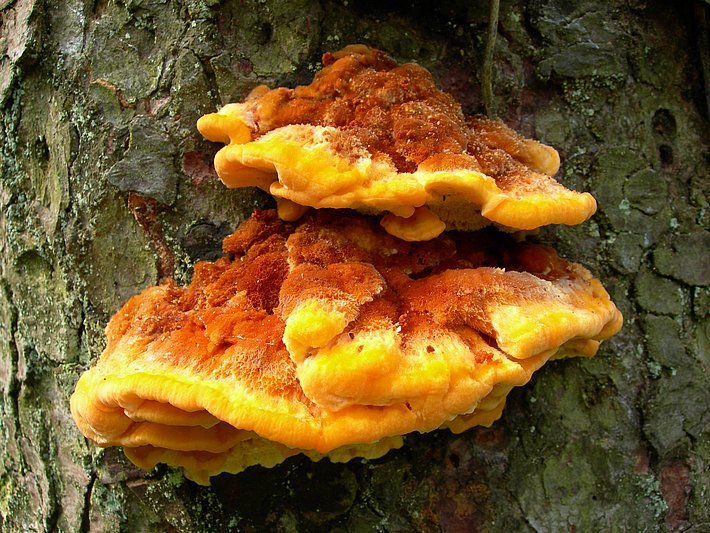
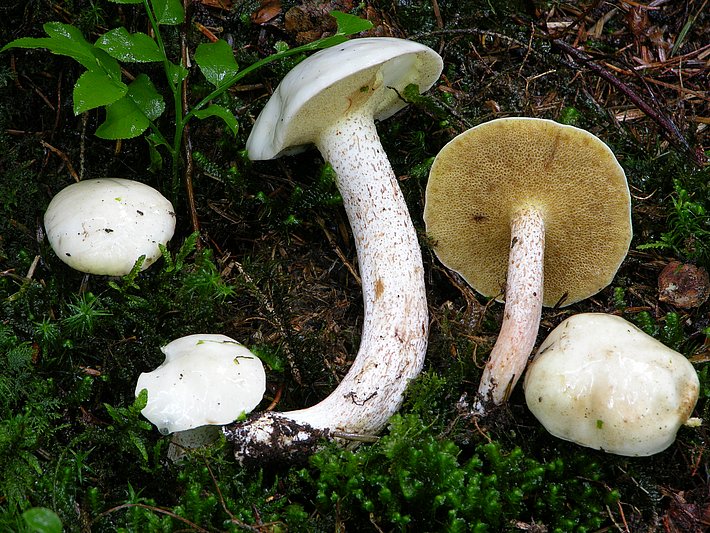
Publications ¶
Links on neomycetes ¶
- waldwissen.net is an information and communication platform of forestry experts on forest, man and forestry and a joint product of four research institutions from Germany and Switzerland. The website regularly publishes articles on various forest topics, including neomycetes.
- Swiss Forest Protection (WSS) is WSL's expert centre for forest protection issues concerning forest pests and diseases in Switzerland. It also maintains an online diagnostic tool on tree diseases and has published several factsheets on neomycetes.
- CABI (Centre for Agriculture and Biosciences International) is a non-profit, internationally active organization. Through the transfer (help for self-help) and application of expertise, it makes a major contribution to solving environmental and agricultural problems in developing countries. Here CABI has collected all sorts of information about neobiota.
- The EPPO (European and Mediterranean Plant Protection Organization) is an international organization for the cooperation of European countries in plant protection. It develops strategies to prevent the introduction of plant diseases and develops methods for dealing with them. EPPO is governed by the International Plant Protection Convention (IPPC).
